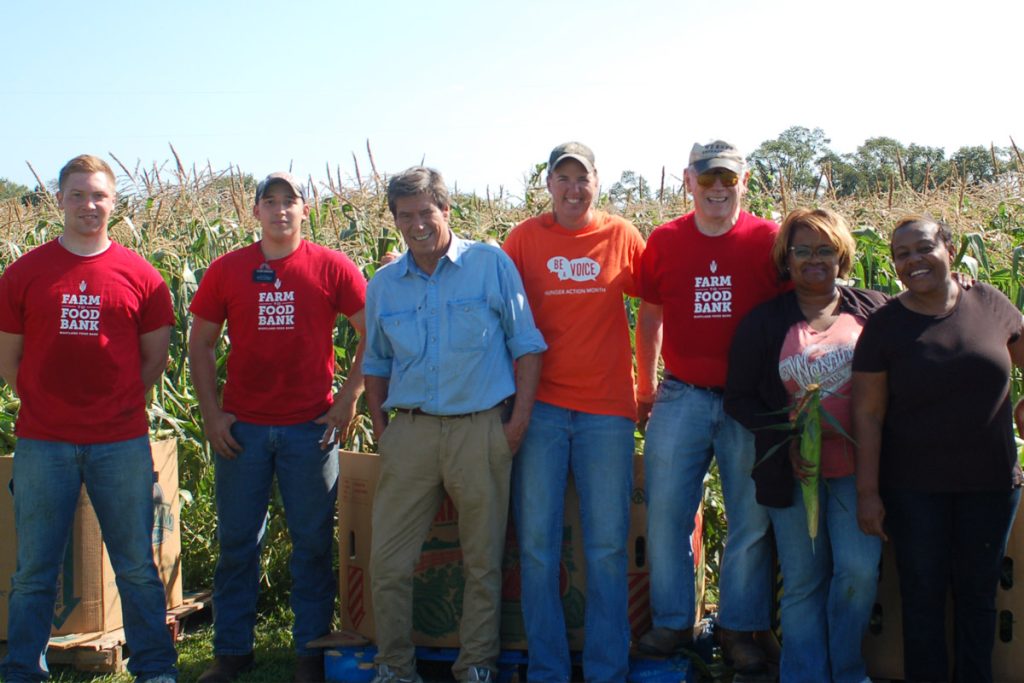Everyone who talks and writes about later life – from financial advisors to aging gurus – emphasizes the need for a later life plan.
In my case, I started thinking about my own later life when I was 43. The catalyst for me was the untimely death of my father.
My father was a picture of good health. Equally important, he was living a robust, purpose-driven life even as he and my mother retired together in Florida. They were blessed with all the elements of happiness: Gratitude, generosity, a servant’s heart and optimism.
Then, two months to the day after they moved into their home on the beach, my father suffered a sudden heart attack. He didn’t recover.
As the emotion of losing my father diminished I began to think more analytically about what had happened.
That’s when I recognized a startling, life-changing fact. Not only had my father died at age 65, but both of my grandfathers had also died at age 65.
To my untutored way of thinking, one lesson was clear: My chances of living beyond age 65 were slim.
As a result, at age 43, I started planning and conducting my life in a more thoughtful and realistic way. Given my “likely” life expectancy, planning for retirement was the farthest from my mind. Instead, I was planning to make the most of the time I had remaining – for learning, exploring, teaching, helping others and devoting time to working with leaders of public authorities and private enterprises, including non-profits in organized efforts to make the world a better place. It taught me the uniqueness of time and the precious character of life.
That’s when I began to understand that among of our gifts of time, treasure and talent, time alone cannot be replaced.

Enter the Marble Jar
Given the longevity “lesson” I had taken from my own family experience, I figured family life expectancy at age 65 minus my age 43 gave me 22 years to go. Multiplied by 12 months, that meant I probably had 264 months before I bought the farm.
Because I was determined to “finish well” – i.e., make the most of my gifts in the time remaining – I wanted a way to focus on projects and activities that would be satisfying, consequential and, to the extent needed, income producing, and to avoid drifting through a scripted life that might never reach “retirement.”
That’s when I decided to make the purchase of a large, half-gallon-sized glass jar to hold 264 marbles. The marbles represented my (likely) remaining life in months. I kept the jar on my bedroom chest for 22 years and saw it every day.
At the end of each month, I removed a marble and took a moment to think about the events (blessings, achievements, shortcomings, wrong turns, etc.) of the previous weeks and to think in a focused, purpose-driven way about the next month.
On May 1, 2004, I removed the last marble – and I was still hale and hearty. I was 65 and still alive!
That’s why I now consider every year beyond age 65 a bonus year – and I am astonished and inspired by the rich variety of ways that Americans use their bonus years in purpose-driven work – including volunteer, enrichment, in-kind and Samaritan work as well as paid work.
In the words of Dr. Samuel Johnson, “Nothing focuses the mind like the prospect of a hanging.” That’s how my “marbled years” before age 65 taught me the value of focus, discipline, patience and resolve – and that our life here is but a temporary assignment that can end anytime.
Many “sixty somethings” are headed for the best years of their lives. For many that will include entrepreneurship, civic involvement, deeper friendships, heightened self-awareness, increased learning, wisdom and practical knowledge.
That’s why later life is still a part of the journey, not the destination. The joys, lessons, talents and treasures that we’ve built up over the years are not locked away simply because our clock has ticked over from 64 to 65. Instead, these can be harvesting years – a time to reap the fruits of many years of learning and doing and share them with others. Indeed, the bonus years are not so much the beginning of end as they are the end of the beginning – a new life with new opportunities to help others and repair the world.
-Phil Burgess
 Phil Burgess
Phil Burgess
Phil Burgess is a friend of mine who has survived two failed retirements. He taught me the phrase, “It’s better to wear out than rust out” and he lives it each and every day. Phil is an award-winning educator and business communicator who writes widely on subjects dear to we Seniors. His most recent book, Reboot! What to Do When Your Career is Over but Your Life Isn’t is an excellent resource for anyone looking to maximize their post-career life.
Phil is now 19 years removed from his marble jar, and at 84 he hasn’t stopped yet. Since he turned 65, he has been a consultant, a volunteer with SCORE (Senior Corps of Retired Executives), and a columnist for the Annapolis Capital Gazette where he writes a weekly column called Bonus Years. In fact, during his late 60s, he returned to work as a member of a four-person team to privatize Telstra, Australia’s media-communications giant. His current work focuses on aging and the implications of longevity for individuals and all the institutions of our society, both public and private. Catch him if you can!







